SCRUB BUTTER WEBSITE IS CURRENTLY BEING UPDATED.. APOLOGIES FOR THE INCONVIENCE
Bar Soap
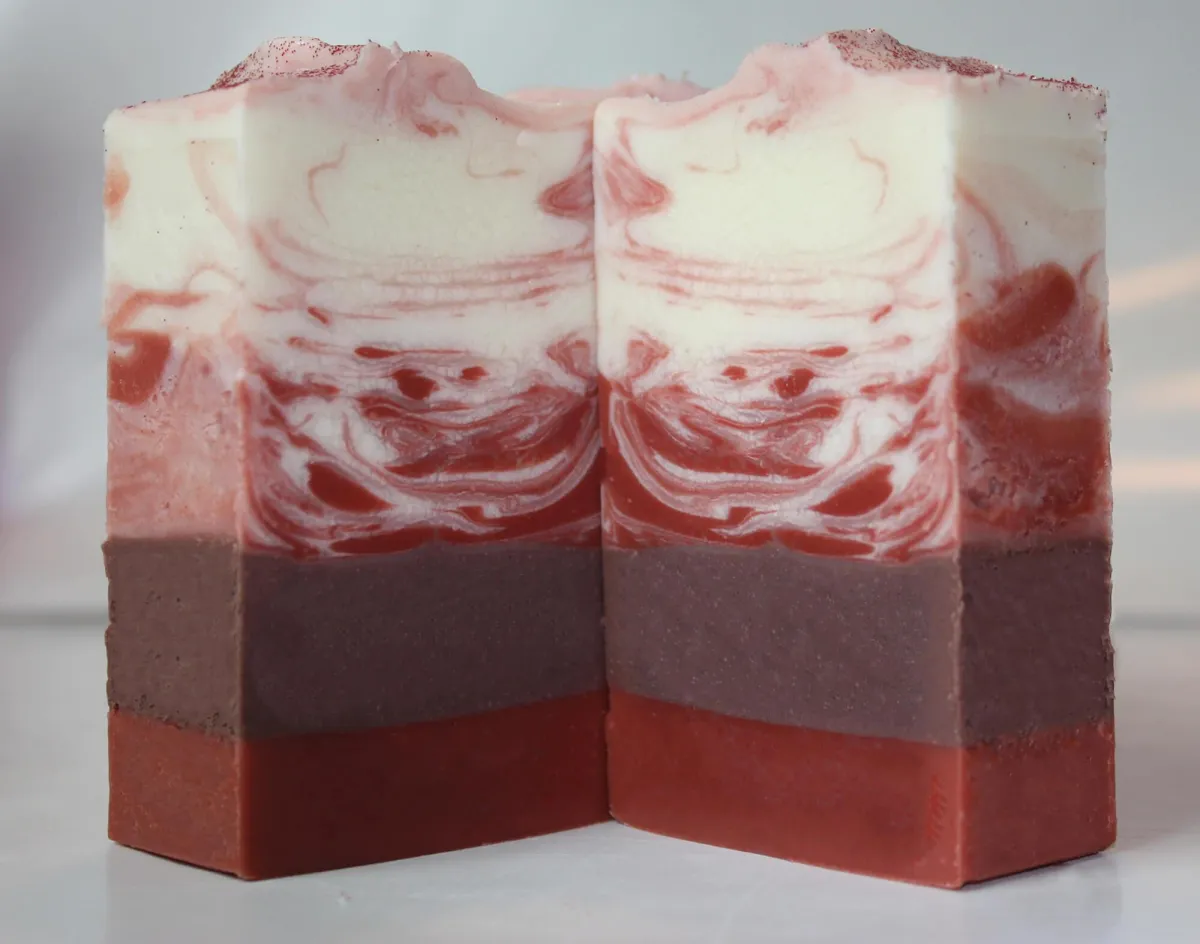
Beard Care

Sprays & Roll-ons
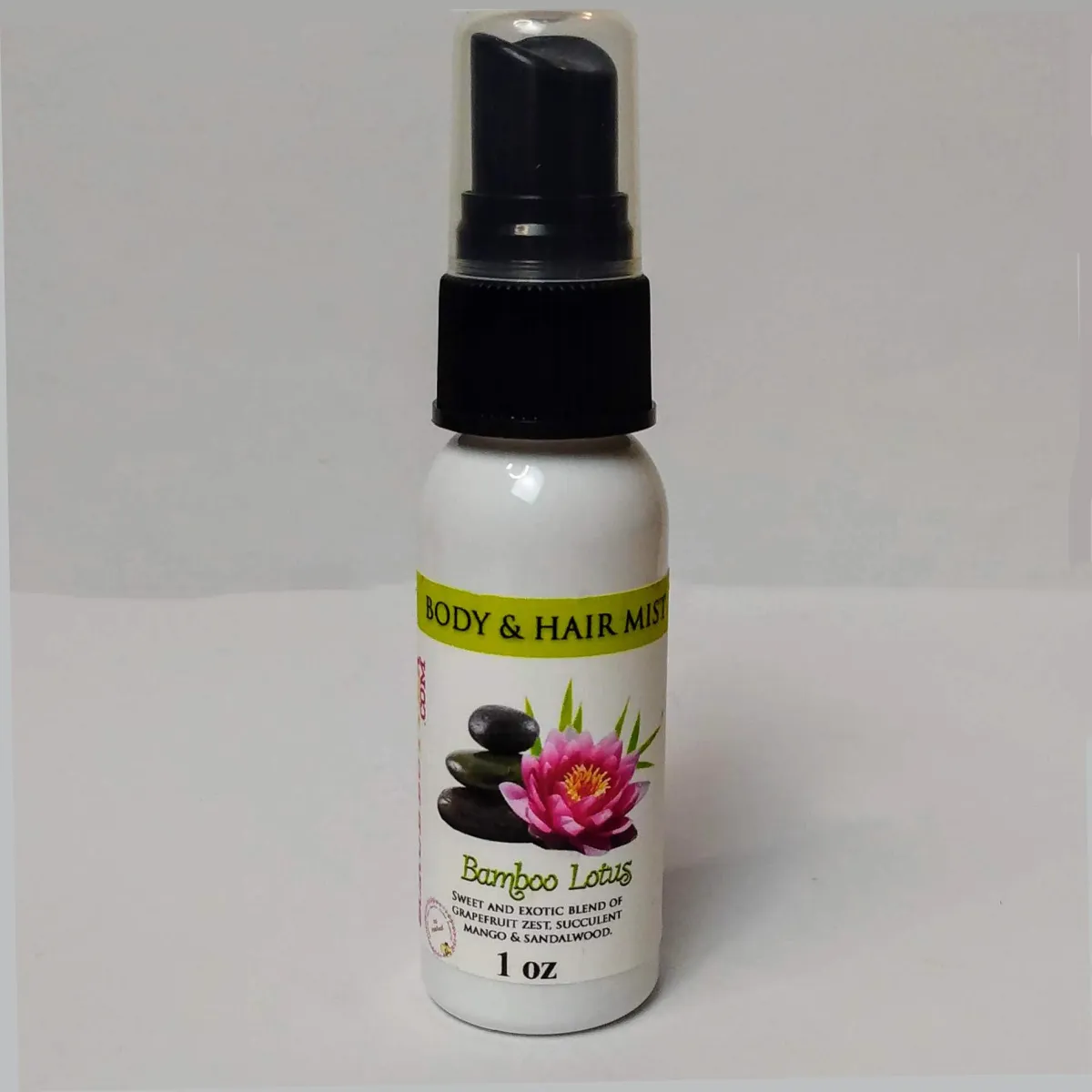
Body Butters
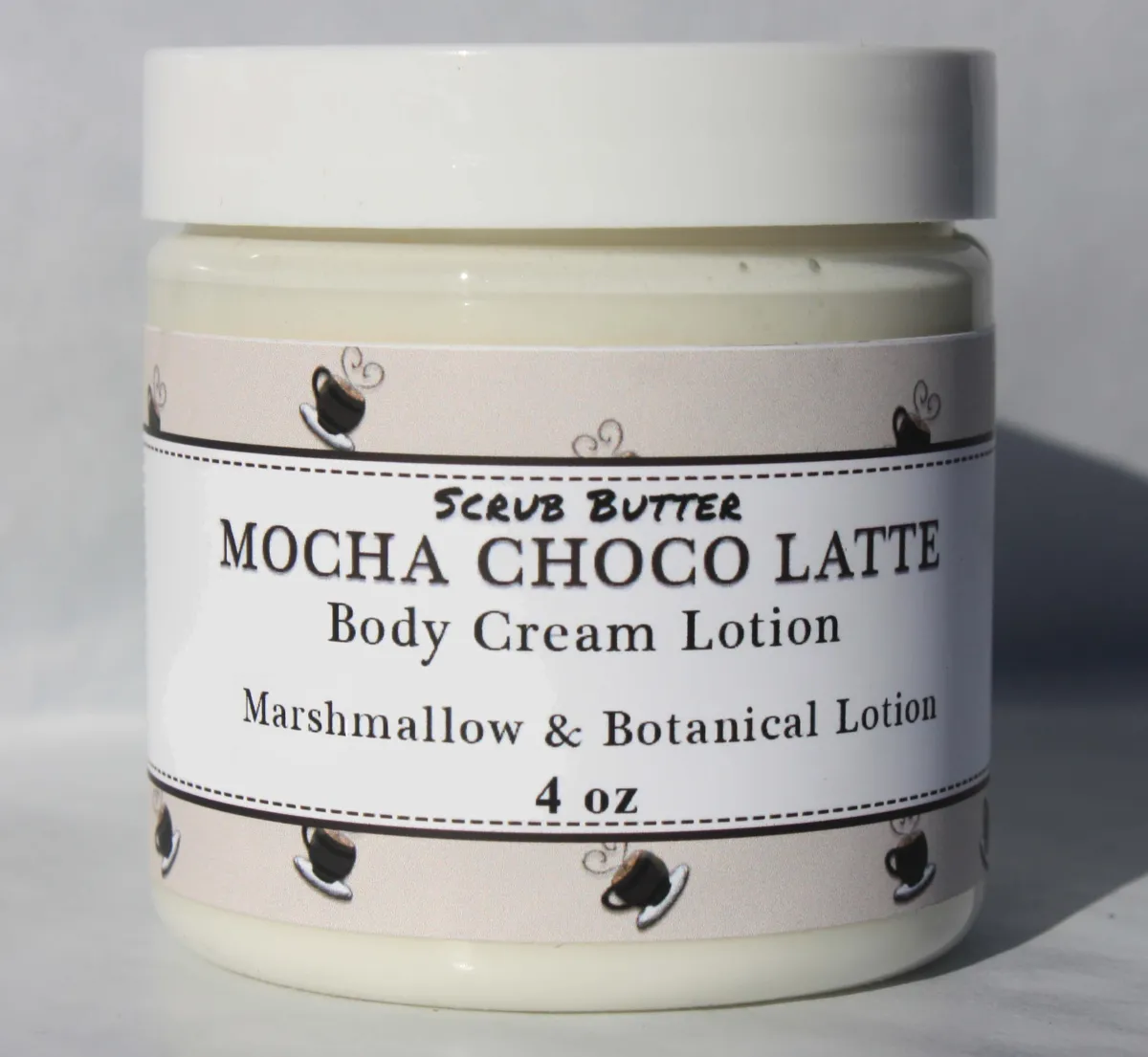

3-5 day shipping right to your door wherever you are in the U.S.A. via first class and priority mail!
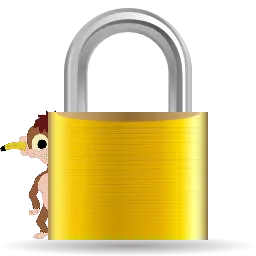
Your payment information is safe and secure through our encrypted checkout process.
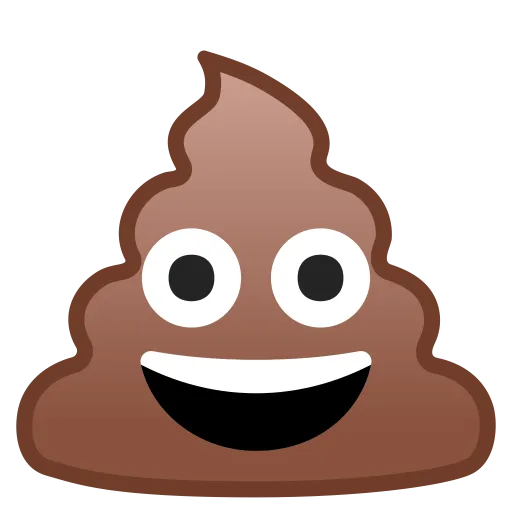
We put our focus on quality products and excellent customer service!
Wanna be on the cool list?
Of course you do. Join the Scrub Butter squad for behind-the-bubbles updates, early access to our handmade goodies, scent sneak peeks, and mildly entertaining emails written under the influence of caffeine and coconut oil & just the right amount of monkey business. It’s like a spa day in your inbox—with jokes. Oh—and exclusive coupons, because who doesn’t love saving some sweet, sweet cash? Your inbox deserves to smell this good.

Copyright 2025. Scrub Butter. All Rights Reserved.

